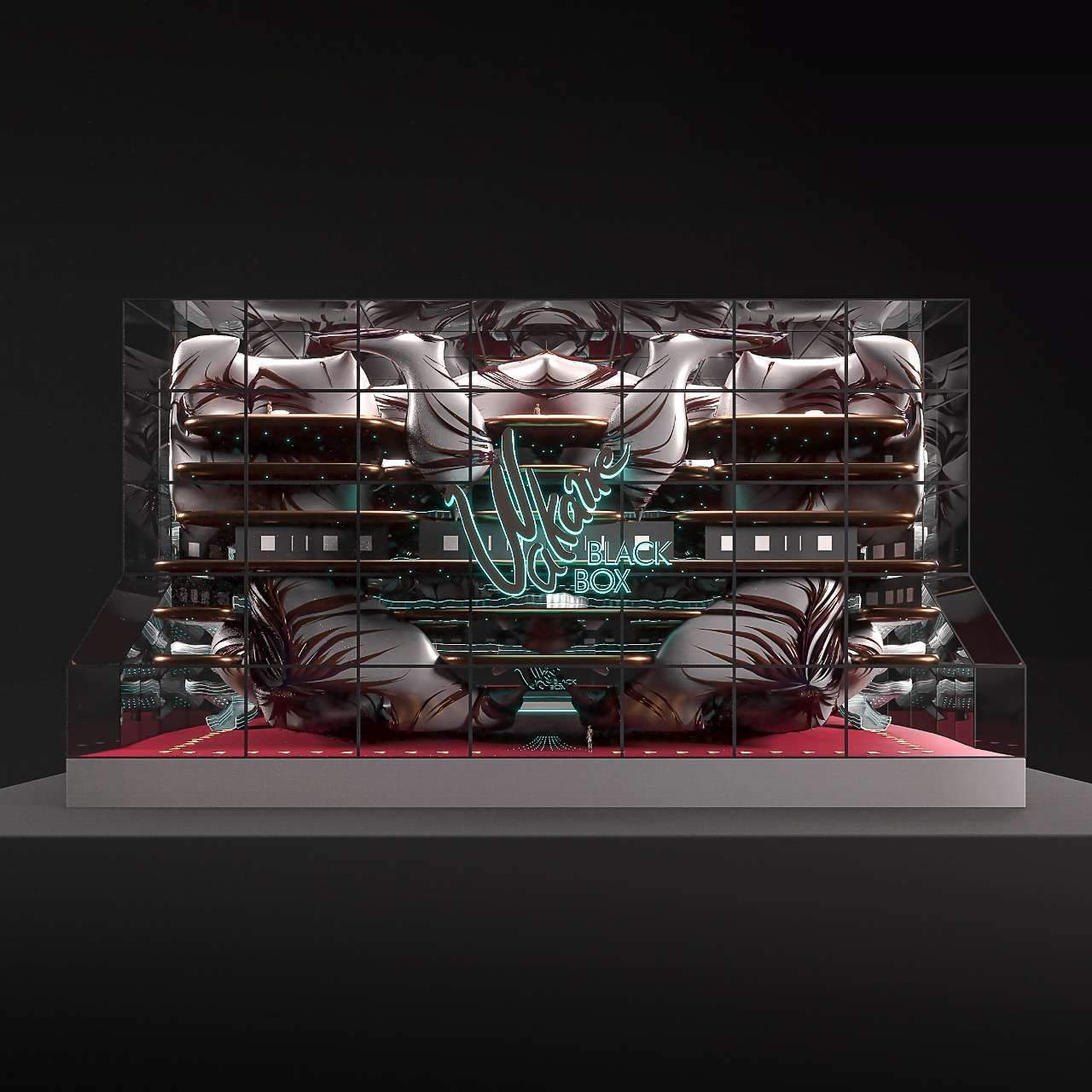The difference between NFT architecture and normal 3D models,
Building designs as non-fungible tokens, or NFTs,
have demonstrated a different frenzy of buying and selling buildings and land in the world of digital real estate.
The first digital home, Mars House, was sold to NFT about a year ago for $500,000.
Designed by artist Krista Kim, Mars House consists of transparent roofs covered in purple and blue hues.
Set in a mountainous landscape with an enchanting sunset scene,
Kim described it as a light sculpture, where you would like to sit at MH with friends in augmented reality.
She wants to have her important meetings at the Mars House,
and expects to eventually be able to switch MH on the financial side.
Such interaction is not yet possible, but she intends to create a meditative environment,
accessible from a computer or mobile screen, like a digital Zen garden.
The difference between NFT architecture and normal 3D models
This concept is closely related to the COVID-19 pandemic,
by promoting a parallel virtual world with imaginary representations
that highlight the desire to escape from the physical world through digital tools for well-being.
The sale of MH marked the beginning of a new phase, referred to by experts as a hybrid reality,
made possible in particular by the creation of NFTs.
In short, the NFT is a virtual certificate of authenticity based on blockchain technology that certifies the origin and ownership of a digital file.
It can represent any digital asset, photo, video, music, social media post, or meme,
making it unique in the eyes of the world.
This digital asset transfer strategy eventually attracts many investors and collectors.
The creation of the NFT revolutionized the production of virtual art by allowing original digital artwork,
which can be easily copied,
to be traded on third-party markets just like non-digital pieces.
NFTs have become increasingly popular in the media through multi-million dollar transactions such as the sale of the Nyan Cat meme,
the “deal with it ”” sunglasses, or the first-in-history tweet made by the Twitter founder,
which was recently put up for auction.
Also in architecture, designer Andres Reisinger has made $450,000 selling his digital furniture collection.
And unlike MH, Reisinger furniture actually allows for a certain degree of interaction as
it can be placed in any shared 3D space.
Including virtual and augmented reality applications, games, animations and movies.
The difference between NFT architecture and normal 3D models
However, despite not yet allowing for much interaction, Mars House sets a precedent for a new branch of architecture.
And unlike the 3D models we’re used to, NFT architecture is more than just a display tool,
but an art form, even before it’s even built.
Because of this detachment from the physical world,
it enables a creative and artistic rebirth with an ethereal aura,
where beauty and value lie in the migration of baseless,
impossible structures that can nevertheless be inhabited and actually experienced.
Austrian architect and NFT enthusiast Chris Precht recently stated that NFT architecture creates opportunities,
especially for young architects and small offices,
which can sell digital versions of their designs and raise money to build them in the future.
Although the NFT architecture is not yet fully interactive, we are still one step away,
judging from the exorbitant price at which MH was sold.








